5 Vibrant Plants That Grow in Shade to Elevate Your Garden
Hey guys, how’s it going? Ellie with Leafy Lair. Today, I want to give you five ideas for some really awesome plants that grow in shade. I know shady spots in the garden can be a little bit difficult. So, the list I’m going to give you today is by no means comprehensive, but I hope it gets you inspired and gets you started.
Why Choose Plants That Grow in Shade?
Shady areas often challenge gardeners, but the right plants that grow in shade can turn these spots into vibrant displays. They bring color, texture, and life to dim corners, enhancing your garden’s appeal. These plants are often low-maintenance, saving time and effort. Plus, they create a serene atmosphere, perfect for relaxing or entertaining.
So, let’s start with the first one, which is a Primo Wild Rose Heuchera. Heuchera is a botanical name for coral bells, so you might hear that plant referred to as one of those two names. But the Primo Wild Rose is probably the prettiest Heuchera I have ever seen. It’s got the most beautiful, striking rosy-purple leaves with kind of this dark gray veining, and then it throws up blooms in about mid-summer on burgundy stalks. The blooms are kind of a rosy pink color, and they attract butterflies and hummingbirds. It’s just gorgeous.
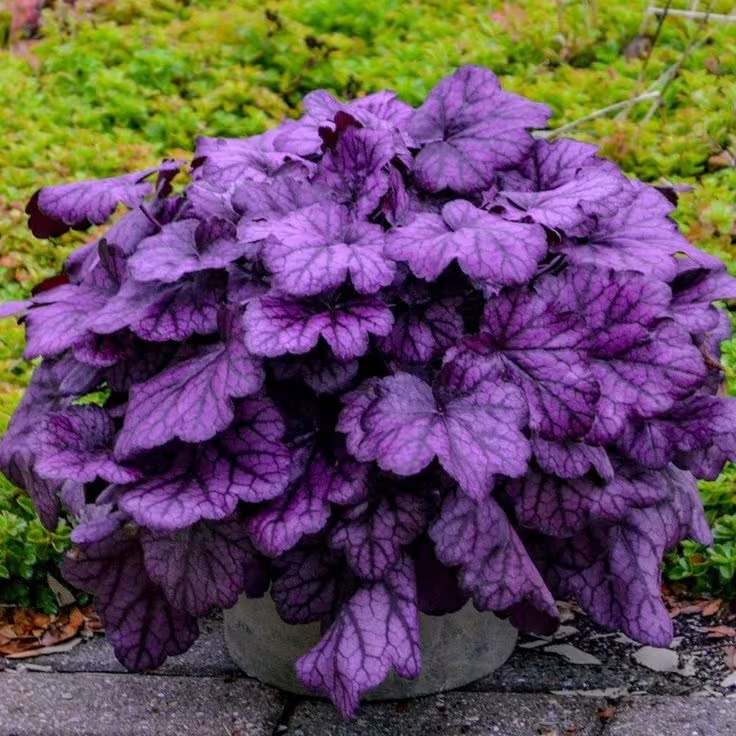
Styling the Primo Wild Rose Heuchera
I planted a bunch of them in my garden last year, kind of bordering a flower bed, and I enjoyed those more than almost anything else I planted in my garden last year because of its really striking purple color. I think it pairs well with pretty much all other plants that grow in shade because, as you know, shade plants tend to be in shades of greens. So, to find something that has that bold color is just such a great contrast. There is Zone 4 through 9, so in the colder climates, they’re a semi-evergreen, which means they’ll look good through most of the winter, and you may have to do a little cleanup in the spring. In the warmer climates, they’re evergreen, and they just look great all the time.
Benefits of Shade-Loving Plants
The second plant on my list is the Autumn Frost Hosta. Hostas are such a great shade plant. They’re easy to grow, they’re low maintenance. The Autumn Frost, though, the coloring is just phenomenal. It’s a really silvery blue leaf with a really thick yellow margin around the whole leaf, and they just shine in a shady area. Just kind of like the Heuchera, I’m into the stuff that really makes a difference, that really shows up in your flower beds.
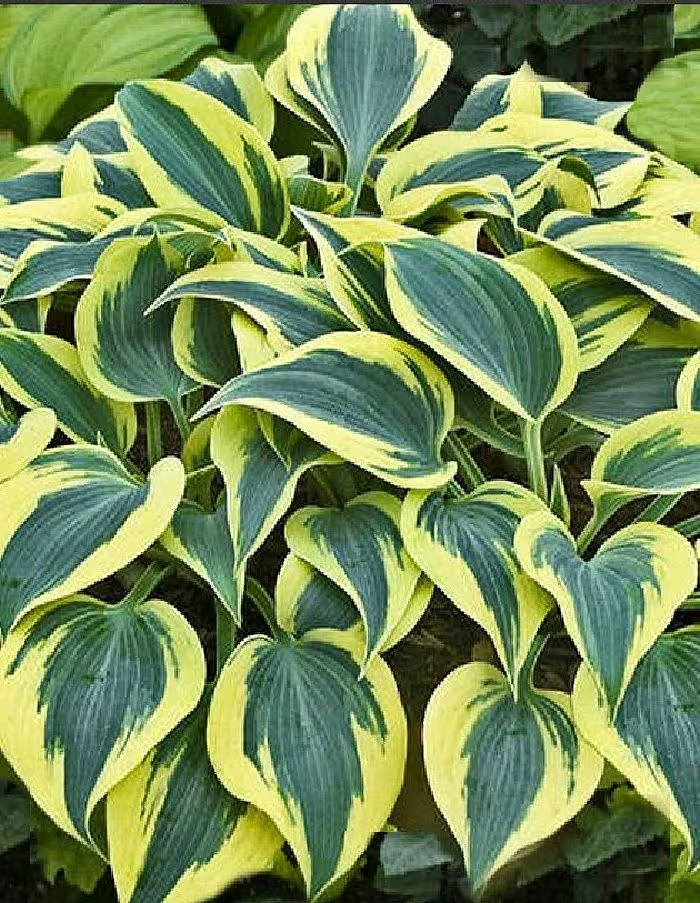
How to Use Autumn Frost Hosta Effectively
I planted a bunch of them behind our gazebo last year, and then in front of them, I had some Lamium, and it was just such a gorgeous contrast. I think the hostas go well with kind of more ferny, more smaller-leafed plants because of how bold the hosta is. It’s a Zone 3 through 9, so it’s a super tough perennial, and it grows about 10 to 12 inches tall and 20 to 24 inches wide. So, it’s not a huge hosta, making it very easy to tuck these into a shady area with other plants that grow in shade.
Advantages of Sprinter Boxwood
Number three on the list is the Sprinter Boxwood. If you guys have watched any of our videos, you know I’m a huge boxwood fan. I love them in a formal setting, I like them in informal settings, I like them in hedges, in topiary forms, it doesn’t matter, I just love them. I wasn’t as familiar with the Sprinter Boxwood a few years ago, but I’ve had a chance to plant them and grow them in my garden, and here’s why it’s a good choice for plants that grow in shade. It’s an improved version of the Winter Gem; you might be more familiar with that variety.
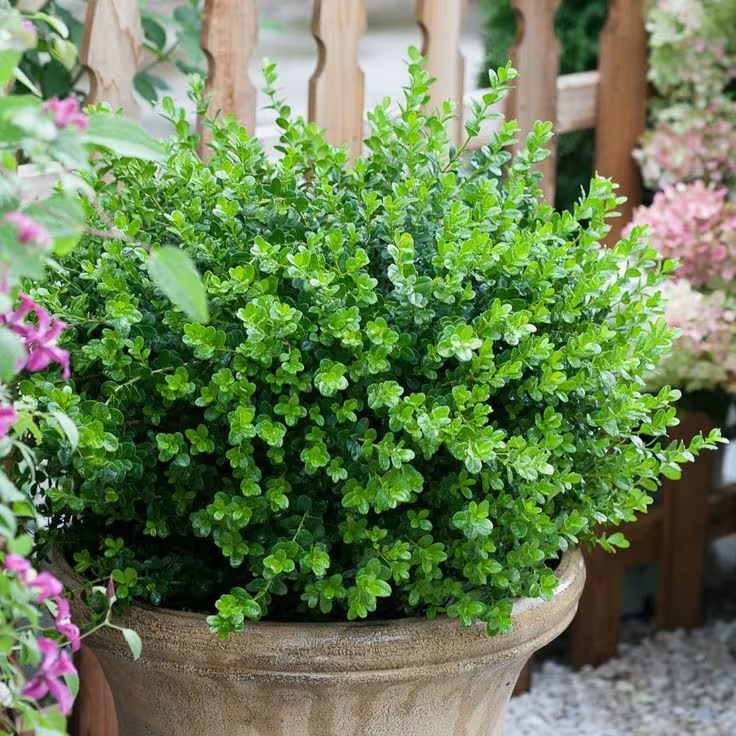
The Sprinter is faster-growing, and it doesn’t bronze out in the winter like Winter Gem does. It stays a nice glossy green. They’re a Zone 5 through 8, and they only grow two to four feet tall and wide, which makes them an excellent choice if you’re wanting to have a hedge that’s kept a little lower. It’s a little easier to maintain, but they also look great as spheres and in their natural form.
Styling Maroon Coleus for Shade
Number four is Maroon Coleus. Coleus is always a wonderful choice for plants that grow in shade. It’s more treated as an annual outside because it is a Zone 10 to 11. Not a lot of us live in a Zone 10 to 11, but they are very adaptable as a house plant as well. We’ve actually done a video where I’ve showed pulling them out of the landscape and putting them in a pot, taking them inside for the winter, and wintering them over there. The Maroon Coleus is just such a beautiful, deep-colored plant.
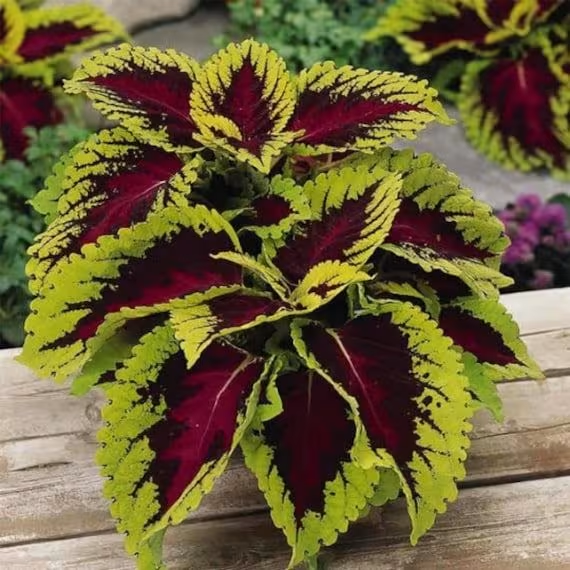
I’ve used it in containers along with Heucherellas and Nemesias and with hydrangeas and Superbells. I’ve used it in my flower beds. Last year, I planted a big drift of them right in back of a bunch of white Supertunias, so the contrast of that deep-colored foliage and the white-colored blooms was just so pretty. It grows 24 to 36 inches tall and 18 to 36 inches wide. I was actually very surprised at how adaptable it was in the sun. It got a little bit more sun in that area where I put it with the Supertunias, and it did fantastic. This variety isn’t as quick to bloom, and blooms aren’t as desirable on coleus, so a lot of times we just grow them for the foliage. So, I wasn’t out there having to pinch blooms off all the time, which was really nice.
Why Hydrangeas Shine in Partial Shade
The last one on my list is the Limelight Hydrangea. I could not leave hydrangeas off this list because they are such a wonderful plant, and I know that a lot of you guys, most of you guys, love them. The Limelight, in particular, is wonderful because it goes with everything. You can pair it with any color, you can put it in so many different locations. It kind of comes out this white celadon green and then it ages into pinks and reds in the fall, and it blooms for so long during the year.
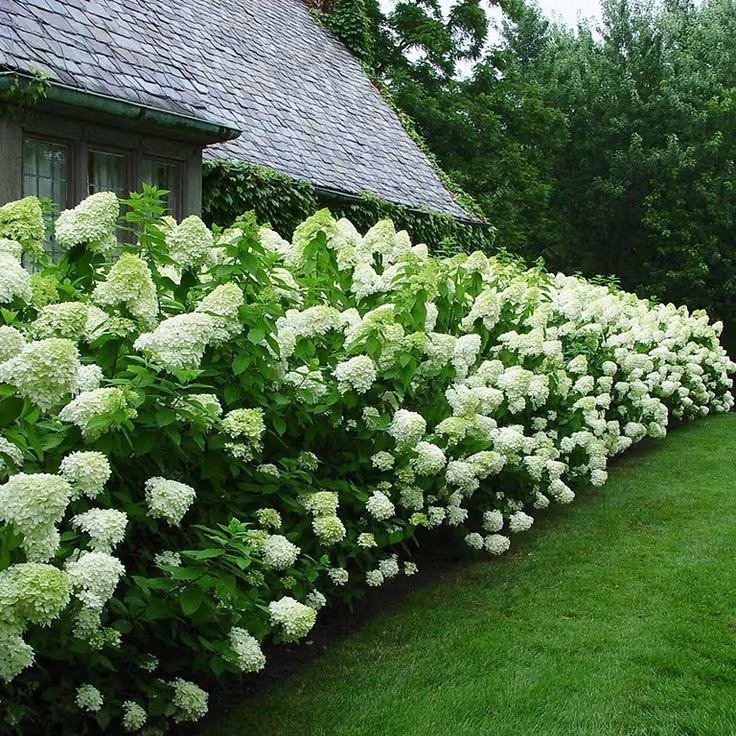
How to Care for Limelight Hydrangea
Hydrangeas aren’t a plant that can take deep shade; they do need some sun in order to produce lots of blooms and to do really, really well. I’ve got my Limelights in a spot that gets about six, seven hours of morning sun, and then it’s protected from the hot afternoon sun, and they do really well. If you live in a more mild climate, somewhere where it’s not high desert where it gets 115—that’s where I live—then they can take a little bit more sun throughout the day. The Limelight Hydrangea grows about six to eight feet tall and wide, so if you don’t have the kind of space to dedicate to that type of plant, that size of plant, there is one called Little Lime that has the same beautiful color blooms but it’s a little bit smaller at three to five feet tall and wide.
Advantages of Plants That Grow in Shade
So, those are five plants that grow in shade that I think are really awesome for a shady spot in your garden. There are a lot of other shade plants that are really great. I mean, I could have made the list 25 or 50 plants, but I hope that this one at least just got you started and got you inspired. Thank you guys so much for watching this video, and we will see you in the next one. Bye.